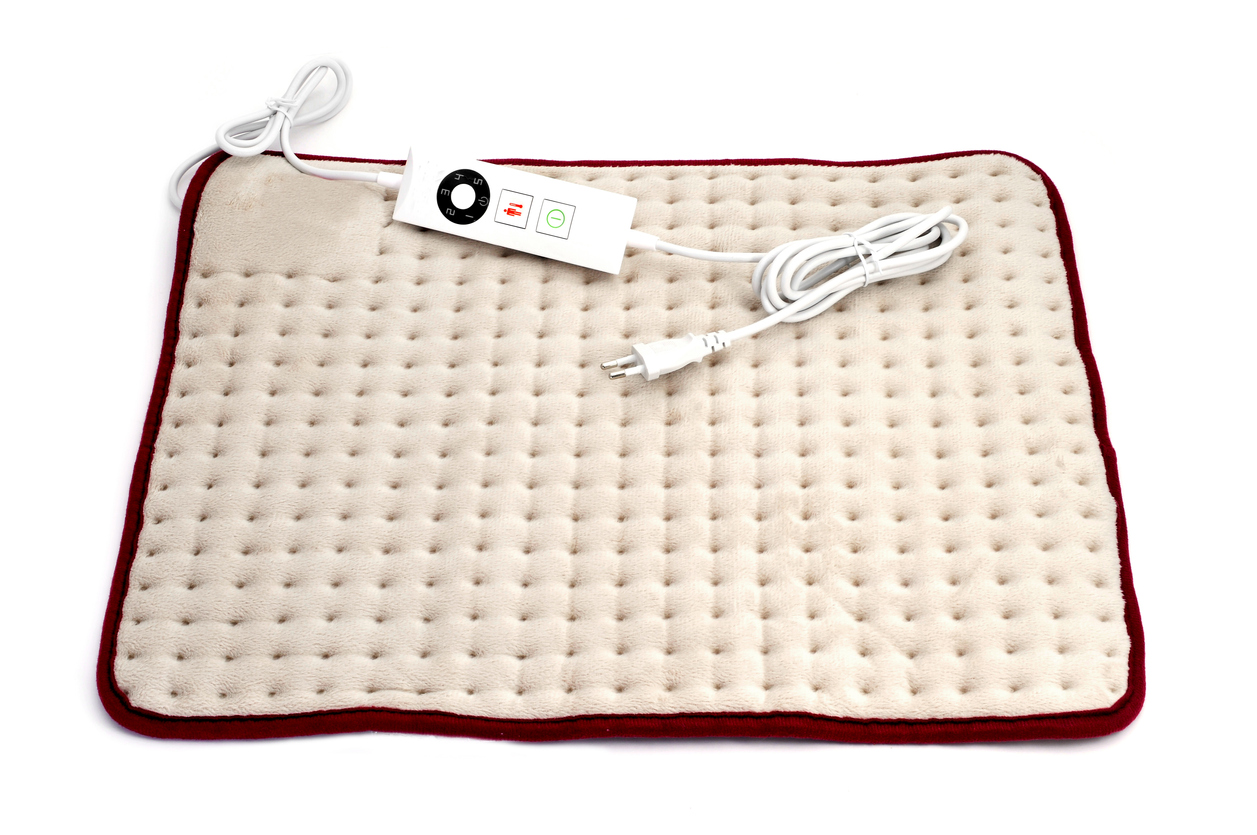Pain
Conventional Non-Surgical Treatment Options for Spinal Fractures

A spinal fracture, also known as a vertebral fracture or a broken back, is a fracture in any of the 33 vertebrae that make up the spinal column. In some cases, the spinal cord may be compressed or otherwise compromised.
Oftentimes, spinal fractures are able to heal on their own in approximately 3 months. During that time, a health care practitioner may suggest managing symptoms before considering surgical options. Non-surgical options include bed rest, medication, bracing, and physical therapy.
Bed rest
Initially, bed rest may be recommended — usually for just a few days — to help reduce acute pain. Prolonged immobility or inactivity is not recommended as it can lead to loss of bone mass, decreased muscle strength, and worsen existing osteoporosis.
Medication
Certain medications can reduce pain, which allows for increased mobility and the ability to participate in physical therapy. Pain medication may be tapered as pain levels decrease. Medications may be administered orally, topically, or by injection or infusion. Commonly prescribed medications for spinal fractures include the following:
- Oral medications include acetaminophen, non-steroidal anti-inflammatory drugs (e.g., ibuprofen or naproxen), corticosteroids (e.g., prednisone), opioids (e.g., oxycodone, morphine, etc.), or muscle relaxants (e.g., cyclobenzaprine or tizanidine).
- Topical medications typically address pain and may include analgesic gels/patches (e.g, lidocaine) and topical NSAIDs (e.g, diclofenac).
- Infused/injectable pain medications include lidocaine and ketamine infusions or nerve blocks.
- Supplements and medicines to strengthen bone include calcium, vitamin D, bisphosphonates, or certain hormones to lower the likelihood of future fractures from osteoporosis.
Bracing
A back brace is commonly prescribed for 6 to 8 weeks — in some cases, 12 weeks — for stable spinal fractures. A back brace provides extra support for the spine while the damaged vertebra is healing. It also restricts movement during the healing process, which helps reduce pain. A brace should be used under a doctor's supervision and for the shortest time period required to prevent muscle weakening or loss. Physical therapy may be required after wearing a brace for an extended period.
Physical therapy
Physical therapy is often a component of an overall treatment plan or may be required after wearing a back brace for a spinal fracture. Because a spinal fracture can change the way the spine functions, it can create added strain on the muscles that support the spine. Physical therapy involves exercises and stretches for back and core muscles, weight-bearing or weight lifting to strengthen bones, and posture correction. In some cases, the therapist recommends new ways to do daily activities to help reduce pain.














